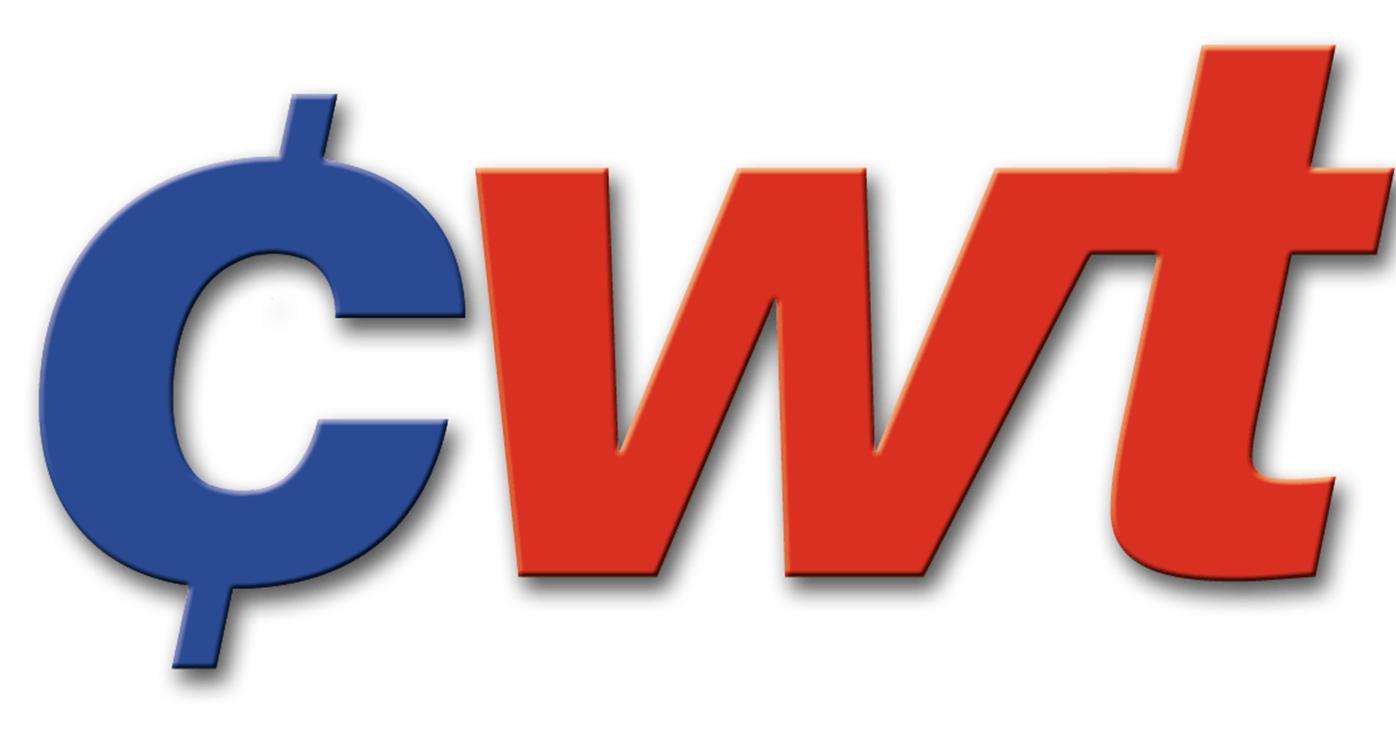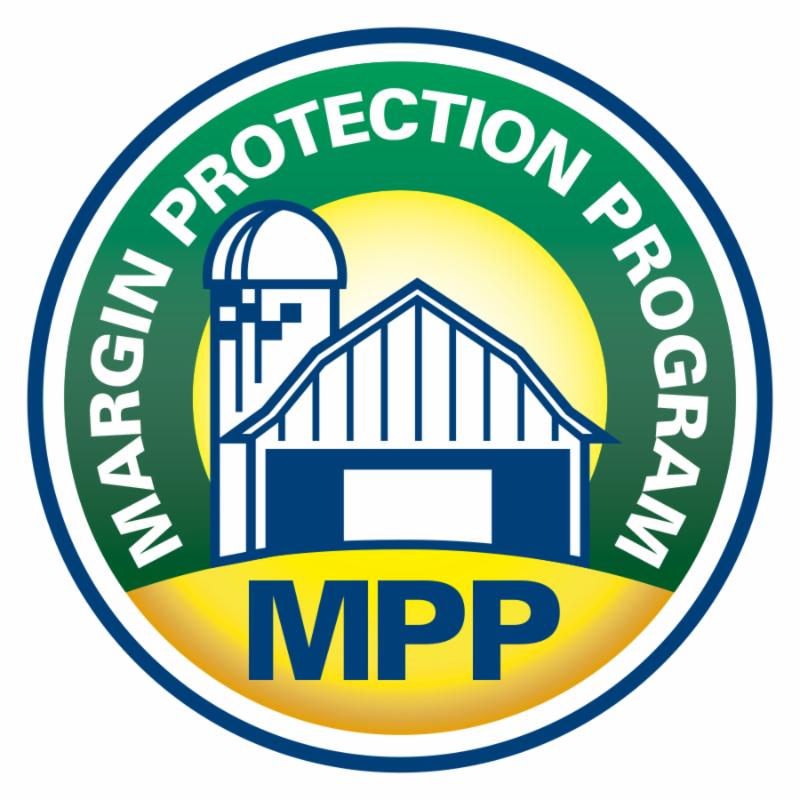National GMO Labeling Bill Is Approved by Senate Ag Committee
March 04, 2016 The effort to establish federal standards for the labeling of genetically modified (GMO) foods made progress on March 1 when the Senate Agriculture Committee approved a bill creating a uniform national food labeling standard.
The effort to establish federal standards for the labeling of genetically modified (GMO) foods made progress on March 1 when the Senate Agriculture Committee approved a bill creating a uniform national food labeling standard.
The bill, authored by committee chairman Sen. Pat Roberts (R-KS), bill would prohibit states from establishing or continuing separate labeling requirements that contradict labeling guidelines that would be established by USDA.
The Senate measure, which is expected to be voted on this spring by the full Senate, comes less than four months before a Vermont law goes into effect on July 1 that requires the labeling of foods containing GMOs.
Following the bill’s introduction on Feb. 19, more than 600 organizations, including the National Milk Producers Federation and all of its 31 cooperative members, signed a letter [LINK] of support for the bill.
Roberts’ legislation “will give consumers information in a consistent and factual way,” said NMPF President and CEO Mulhern. “Importantly, it also reaffirms the authority of federal regulators over food safety and labeling, and prevents the creeping development of dozens of different state food labeling laws.”
Multiple studies have shown that the associated costs with Vermont’s GMO-labeling law, and a subsequent patchwork of similar state laws, will cost American families hundreds of dollars more in groceries each year, with low-income Americans being hit the hardest.
Food labeling, Mulhern continued, “is an area where we need a clear federal standard, not a piecemeal approach across the 50 states. We’ve learned from experience in the dairy sector that we need a strong federal policy governing labeling claims. Otherwise, we’ll end up with an unworkable series of competing and confusing state policies.”
NMPF President Says U.S. Must Ensure Other Countries Live up to Terms of Trade Deals
March 04, 2016The U.S. government must make other countries live up to their commitments to open their markets once free trade agreements are negotiated, NMPF president and CEO Jim Mulhern told a Senate hearing Thursday that focused on the lessons from how past trade agreements have been implemented.
Even as Congress begins the early stages of review of the Trans-Pacific Partnership, and the U.S. is still negotiating the TransAtlantic Trade and Investment Partnership with Europe, Mulhern pointed to examples of implementation challenges from previous free trade agreements. The value of the completed trade pacts, such as NAFTA, “depends greatly on the ability of the U.S. to make other countries live up to their commitments” when the agreements are enforced.
Canada is an example of this, as it continues to erect impediments – such as changing its cheese standards – to block dairy imports from the U.S. If this pattern continues, “new trade commitments with the country will be difficult to negotiate,” he continued. Mulhern said that the best window of opportunity for influencing how countries implement their free-trade obligations is the period before congressional approval of an agreement.
“Action during this window not only ensures that Congress has a clear understanding of how the agreement is intended to work in practice, but it utilizes the strongest point of leverage the U.S. possesses: whether or not we will decide to put in place a strengthening of our trade ties with the FTA partner,” he said.
This becomes especially important as the TPP awaits congressional approval, and the TTIP negotiations continue. Mulhern said he does not believe TTIP is on the right track for a successful conclusion. One issue is that the EU is seeking to restrict the use of common food names just for European food producers, both in the U.S. and in other nations to which the EU exports food.
“We will have to work hard not only to enforce the letter of that agreement, but also to ensure that its intention to help promote robust competition is not undermined as a result of ongoing pressure from the EU,” Mulhern said.
Positive results in this area are achievable, he continued. Just the day before his testimony on March 3rd, the dairy industry thanked the U.S. government for its extensive work aimed at securing clarifications regarding the right to use several generic cheese names in exports to Honduras.
CWT members capture 12.1 million pounds of dairy product export sales contracts in February
March 04, 2016 Cooperatives Working Together members received 31 contracts in February to sell 3.95 million pounds of cheese, 2.54 million pounds of butter, and 5.59 million pounds of whole milk powder to customers in Asia, Central America, the Middle East, Oceania, and South America. The product will be shipped from February through August 2016.
Cooperatives Working Together members received 31 contracts in February to sell 3.95 million pounds of cheese, 2.54 million pounds of butter, and 5.59 million pounds of whole milk powder to customers in Asia, Central America, the Middle East, Oceania, and South America. The product will be shipped from February through August 2016.
Combined with the contracts member cooperatives captured in January, CWT-assisted transactions so far in 2016 total 8.23 million pounds of cheese, 5.4 million pounds of butter and 6.85 million pounds of whole milk powder going to customers in twelve countries on five continents. The sales are the equivalent of 247.519 million pounds of milk on a milkfat basis.
Assisting CWT member cooperatives gain and maintain world market share through the Export Assistance program expands the long-term demand for U.S. dairy products and the farm milk that produces them. This, in turn, positively impacts all U.S. dairy farmers by strengthening and maintaining the value of products that directly impact their milk price.
The amounts of dairy products and related milk volumes reflect current contracts for delivery, not completed export volumes. CWT will pay export assistance to the bidders only when export and delivery of the product is verified by the submission of the required documentation.
All cooperatives and dairy farmers are encouraged to add their support to this important program. Membership forms are available online.
23,000 Dairy Operations Enroll in MPP for 2016 Coverage
March 04, 2016 More than 23,000 dairy operations representing 162.3 billion pounds of milk enrolled in MPP for the 2016 coverage year, according to recently released data from the U.S. Department of Agriculture Farm Service Agency. The overwhelming majority of farms enrolled in MPP did so at the base level of $4.00/cwt. catastrophic coverage.
More than 23,000 dairy operations representing 162.3 billion pounds of milk enrolled in MPP for the 2016 coverage year, according to recently released data from the U.S. Department of Agriculture Farm Service Agency. The overwhelming majority of farms enrolled in MPP did so at the base level of $4.00/cwt. catastrophic coverage.
Given USDA’s forecast for 211.9 billion pounds of milk produced in 2016, the milk enrolled in MPP represents 77 percent of the U.S. milk supply. Additionally, based on the number of licensed dairy operations in 2015, 54 percent of licensed dairy operations are participating in MPP for 2016. These participation rates are down slightly from last year, as 80 percent of the U.S. milk supply and 55 percent of licensed dairy operations participated in MPP during 2015.
Of the participating farms, 18,000 purchased the $4.00 catastrophic coverage while just over 5,300 farms purchased a higher level of coverage.
NMPF Continues to Oppose Raw Milk Bills
March 04, 2016 NMPF continued its ongoing efforts to promote food safety by asking state lawmakers in February to reject bills that would liberalize the sale of raw milk products, citing the increased risk of foodborne illness outbreaks in states that permit broader sales of the unpasteurized products.
NMPF continued its ongoing efforts to promote food safety by asking state lawmakers in February to reject bills that would liberalize the sale of raw milk products, citing the increased risk of foodborne illness outbreaks in states that permit broader sales of the unpasteurized products.
NMPF, in collaboration with the International Dairy Foods Association (IDFA), took aim at bills in the Virginia and West Virginia state legislatures that would allow raw-milk sales more broadly, loosening regulations requiring pasteurization for public health. In addition to urging a rejection of West Virginia Senate Bill 387, NMPF criticized two measures in Virginia, House Bills 62 and 619.
On March 4, West Virginia Gov. Earl Ray Tomblin signed Senate Bill 387, legalizing “herd sharing,” an arrangement in which people buy shares of the animal so they can receive milk from it.
Both NMPF and IDFA had asked Tomblin to veto the bill, writing that “while choice is an important value, it should not pre-empt consumers’ well-being.” Tomblin vetoed a similar bill last year.
From 1993 to 2006, there were 73 known foodborne illness outbreaks associated with unpasteurized dairy products, according to the Centers for Disease Control and Prevention. Of these outbreaks, three-quarters occurred in states where raw milk sales are legal, suggesting that state legislators who support relaxing regulations may unintentionally be setting up their states for more foodborne illness. Two-thirds of the outbreaks involved children. The CDC also found that unpasteurized milk was 150 times more likely to cause illness than pasteurized milk.
“No matter how carefully it is produced, raw milk is inherently dangerous,” NMPF and IDFA said in their letters to Virginia lawmakers. The organizations also reminded legislators that “no claim related to the health benefits of consuming raw milk has been substantiated in any of the medical literature.”
The groups emphasized that only 1 or 2 percent of foodborne outbreaks are attributed to dairy products, but over 70 percent of those dairy outbreaks have involved raw milk and raw milk cheeses.
FARM Program In Process of Developing More Blog Content
March 04, 2016In December, the National Dairy FARM (Farmers Assuring Responsible Management) Program launched its new website and FARM Proud Blog. Since then, both have been used to share important information and FARM Program successes. The FARM Proud Blog has also been promoted on the new FARM Facebook, Twitter and Instagram accounts.
This year, the FARM Program plans to share cooperatives’ and members’ stories on animal care. Recently, the FARM Proud blog featured two standout examples of these stories: one authored by upstate New York dairy farmer Jessica Ziehm on her family farm’s transition away from tail docking, and last week’s story about the recent El Nino rains and the animal care challenges associated with inclement weather, written by California farmer Richard Wagner.
The FARM Program is looking to fill the blog’s pages with stories like these that discuss the dairy community’s commitment to animal care — both the successes and the challenges. This is also an opportunity to spotlight cooperatives’ use of the program, and members of the NMPF staff are in the process of contacting some to interview about their commitment to FARM to be featured on the FARM Proud blog.
NMPF 2015 Dairy Data Highlights Available For Purchase
March 04, 2016The 2015 edition of NMPF’s Dairy Data Highlights, packed with 53 tables, 20 graphs and other resourceful information, is available for purchase by members and non-members alike. The 50-page booklet features detailed data on all aspects of milk production, federal milk marketing orders, sales of milk and dairy products, farm and retail prices, and dairy export and import information.
Dairy Data Highlights has been published annually by NMPF for more than 60 years. A must for anyone involved in milk production, it is available to NMPF member cooperatives and associate members for $7.50 per copy. For orders larger than 10, it costs $5.00 per copy. Non-members can purchase a booklet for $10. Orders larger than 10 cost $7.50 per copy.
Also included in the booklet, among others:
- National milk production data going back to 1925
- Cow numbers, farms and herd size data going back to 1950
- Milk production and prices, production‐per‐cow, cow numbers and dairy herd by state, with comparative data from earlier years
- Annual wholesale prices for butter, cheddar cheese, and nonfat dry milk from 1975
- A short glossary of dairy industry terms and useful conversion factors for milk and dairy products
If interested in purchasing a copy, please visit the NMPF website or contact Khadija Gibson-White.
MPP Forecast – March
March 04, 2016NMPF’s forecast for 2016 MPP margins – based on early March milk and feed futures prices – indicates that margins in the first half of 2016 may dip below the $8 threshold in the spring, before strengthening in the latter half of 2016. As evidenced by the wide confidence interval, a high degree of uncertainty remains in milk and new crop feed prices.






